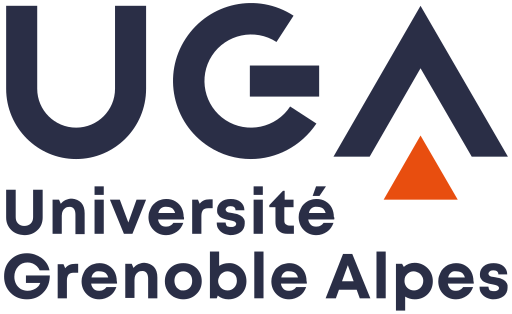We establish a formalism for working with incidence algebras of posets with symmetries, and we develop equivariant Kazhdan–Lusztig–Stanley theory within this formalism. This gives a new way of thinking about the equivariant Kazhdan–Lusztig polynomial and equivariant
Révisé le :
Accepté le :
Publié le :
Mots-clés : Incidence algebra, Kazhdan–Lusztig–Stanley polynomial, matroid.
@article{ALCO_2021__4_4_675_0,
author = {Proudfoot, Nicholas},
title = {Equivariant incidence algebras and equivariant {Kazhdan{\textendash}Lusztig{\textendash}Stanley} theory},
journal = {Algebraic Combinatorics},
pages = {675--681},
publisher = {MathOA foundation},
volume = {4},
number = {4},
year = {2021},
doi = {10.5802/alco.174},
language = {en},
url = {http://www.numdam.org/articles/10.5802/alco.174/}
}
TY - JOUR AU - Proudfoot, Nicholas TI - Equivariant incidence algebras and equivariant Kazhdan–Lusztig–Stanley theory JO - Algebraic Combinatorics PY - 2021 SP - 675 EP - 681 VL - 4 IS - 4 PB - MathOA foundation UR - http://www.numdam.org/articles/10.5802/alco.174/ DO - 10.5802/alco.174 LA - en ID - ALCO_2021__4_4_675_0 ER -
%0 Journal Article %A Proudfoot, Nicholas %T Equivariant incidence algebras and equivariant Kazhdan–Lusztig–Stanley theory %J Algebraic Combinatorics %D 2021 %P 675-681 %V 4 %N 4 %I MathOA foundation %U http://www.numdam.org/articles/10.5802/alco.174/ %R 10.5802/alco.174 %G en %F ALCO_2021__4_4_675_0
Proudfoot, Nicholas. Equivariant incidence algebras and equivariant Kazhdan–Lusztig–Stanley theory. Algebraic Combinatorics, Tome 4 (2021) no. 4, pp. 675-681. doi : 10.5802/alco.174. http://www.numdam.org/articles/10.5802/alco.174/
[1] Singular Hodge theory for combinatorial geometries (2020) (https://arxiv.org/abs/2010.06088)
[2] Twisted incidence algebras and Kazhdan–Lusztig–Stanley functions, Adv. Math., Volume 148 (1999) no. 1, pp. 44-74 | DOI | MR | Zbl
[3] Lie groups, Graduate Texts in Mathematics, 225, Springer, New York, 2013, xiv+551 pages | DOI | MR | Zbl
[4] On the foundations of combinatorial theory. VI. The idea of generating function, Proceedings of the Sixth Berkeley Symposium on Mathematical Statistics and Probability (Univ. California, Berkeley, Calif., 1970/1971), Vol. II: Probability theory (1972), pp. 267-318 | MR | Zbl
[5] The Kazhdan–Lusztig polynomial of a matroid, Adv. Math., Volume 299 (2016), pp. 36-70 | DOI | MR | Zbl
[6] The inverse Kazhdan–Lusztig polynomial of a matroid (2020) (https://arxiv.org/abs/2007.15349)
[7] The equivariant Kazhdan–Lusztig polynomial of a matroid, J. Combin. Theory Ser. A, Volume 150 (2017), pp. 267-294 | DOI | MR | Zbl
[8] Combinatorics and topology of complements of hyperplanes, Invent. Math., Volume 56 (1980) no. 2, pp. 167-189 | DOI | MR | Zbl
[9] The algebraic geometry of Kazhdan–Lusztig–Stanley polynomials, EMS Surv. Math. Sci., Volume 5 (2018) no. 1, pp. 99-127 | DOI | MR | Zbl
[10] The
[11] On the foundations of combinatorial theory. I. Theory of Möbius functions, Z. Wahrscheinlichkeitstheorie und Verw. Gebiete, Volume 2 (1964), p. 340-368 (1964) | DOI | MR | Zbl
[12] Subdivisions and local
Cité par Sources :








